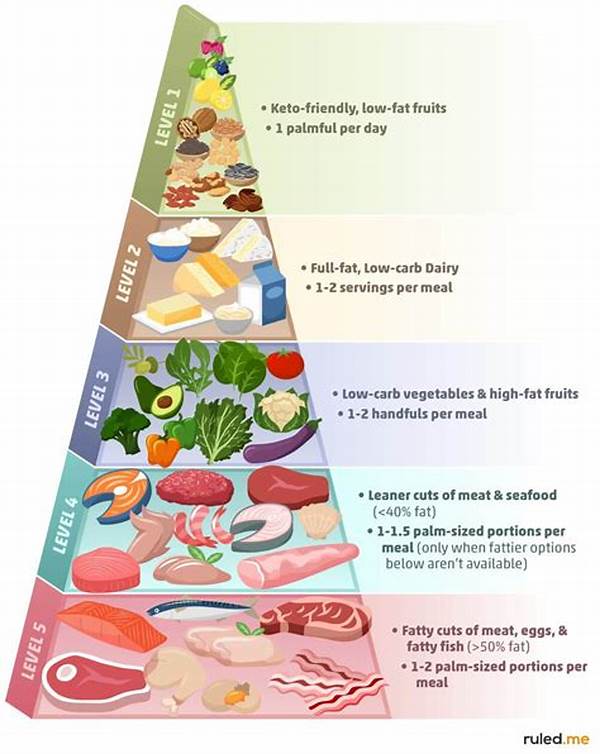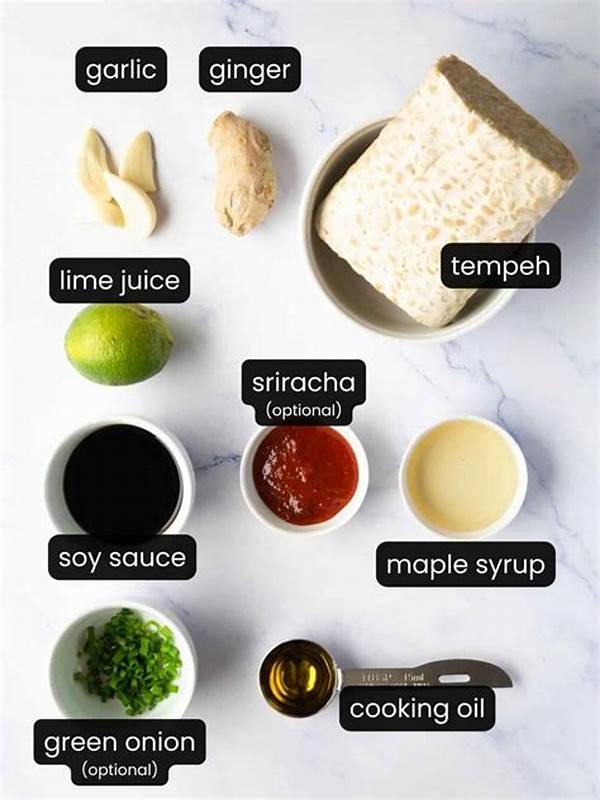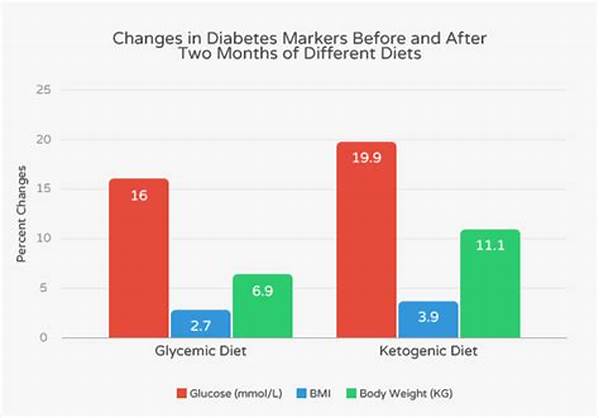I’m here to help you with creating content, and your request is quite detailed! Let’s break it down into manageable parts for clarity. I’ll create a short section for each of the tasks you’ve outlined, starting with a summary or article introduction for “Keto for Diabetics: Study Shows Improvements in Asian Patients”:
Read More : Low-carb Bloating Fix: The One Veggie You Must Avoid For Instant Digestive Comfort!
—
In the world of dietary trends, the ketogenic diet has been a buzzworthy topic, especially for those managing diabetes. Recent studies are shining a light on its potential benefits specifically for Asian patients. Imagine this: a diet that not only manages your blood sugar but also improves your overall health. Could it be the keto diet? Here, we delve into a groundbreaking study to uncover how and why “keto for diabetics” is showing promising results among Asian patients—an exploration that is as intriguing as it is informative. Let’s take a thrilling journey through this dietary wonderland, discovering the intersection of tradition and modern nutritional science.
—
The Science Behind Keto and Diabetes Management
The ketogenic diet, famously low in carbohydrates but high in fats, posits that when your body enters ketosis, it utilizes fat for energy instead of carbs. This metabolic state is crucial for diabetics in managing insulin levels. But what is it about this approach that particularly benefits Asian patients?
With detailed research underway, scientists have observed how keto adjusts insulin sensitivity and reduces the need for medication. For those skeptical of keto’s benefits, this study is a game-changer. “Keto for diabetics: study shows improvements in Asian patients” isn’t just a catchy headline—it’s a call to action for current diabetes management practices to consider cultural dietary preferences and genetic dispositions.
Breaking Down the Study
In a recent clinical trial, Asian patients living with type 2 diabetes showed significant improvement in their glycemic control and a decrease in the reliance on medication. Participants who adhered to a ketogenic diet experienced a reduction in hemoglobin A1c levels, a marker of blood sugar levels over time. The cultural relevance of food was noted, and adjustments were made to align the keto diet with traditional Asian foods. This marks a significant advancement as it respects cultural eating habits while bringing about health benefits—a true win-win.
Unique Benefits for Asian Patients
Why does this diet work exceptionally well for Asian patients? Researchers suggest that the carbohydrate-centric traditional diet is rapidly metabolized into glucose, affecting insulin levels more dramatically. Returning to a diet higher in fats and lower in starches appears to stabilize these levels significantly. “Keto for diabetics: study shows improvements in Asian patients” reveals a method that could revolutionize diabetes care on a global scale if tailored to diverse ethnic needs.
Practical Implementation of Keto for Diabetics
For those considering embarking on this dietary path, the keto diet isn’t about deprivation but about smart choices. Integrating fats and proteins into traditional Asian cuisine can be achieved with creativity—think more tofu, avocado, nuts, and oils. The emphasis isn’t just on cutting carbs but strategically increasing fat for energy.
How to Start Your Keto Journey
Start with small changes: replace high-carb components with keto-friendly options, stay hydrated, and invest in a good cookbook. However, remember to consult with a healthcare provider before making significant dietary changes. Educate yourself on what your body needs, and ensure keto aligns with your lifestyle.
—
1. Personalized Meal Plans: Work with a nutritionist to tailor the diet to your specific needs.
2. Cultural Adaptations: Integrate keto foods with traditional Asian flavors and ingredients.
3. Monitoring Progress: Regularly check blood glucose and adjust the diet accordingly.
4. Education and Support: Join a community or support group for motivation.
5. Gradual Changes: Transition into keto slowly to avoid drastic body reactions.
6. Physical Activity: Pair the diet with regular physical exercise for optimal results.
7. Continuous Learning: Stay updated with the latest research and modifications in keto for diabetes.
8. Quality Fats: Choose healthy fats like olive oil, coconut oil, and avocados.
9. Consultation and Follow-ups: Regularly check in with health professionals.
Conclusion
The buzz around “keto for diabetics: study shows improvements in Asian patients” is not just scientifically backed but potentially life-altering. Within these findings lies the potential for a broader acceptance of keto as a therapeutic approach, particularly within culturally diverse populations. By marrying tradition with innovation, this study beckons us to reconsider our current understandings of diet and diabetes management. So, why wait? Dive into the world of keto with confidence, armed with knowledge and support. It’s more than a diet; it’s a journey into a healthier you.
—
This extensive breakdown touches on various aspects of the keto diet’s applicability to diabetics in Asian communities, highlighting both scientific insights and practical advice. Feel free to ask for further details or specific sections to expand upon!














